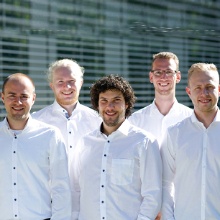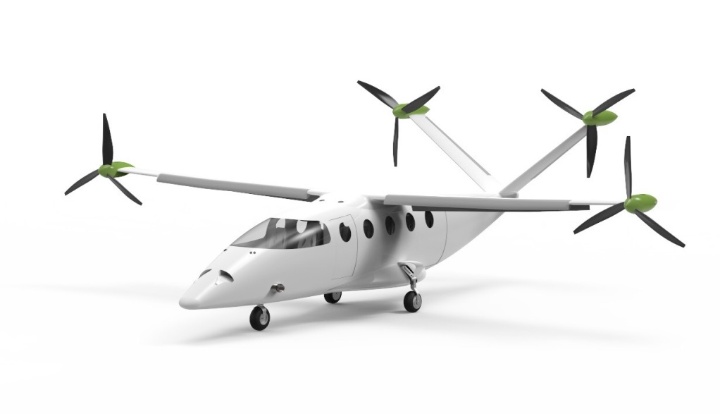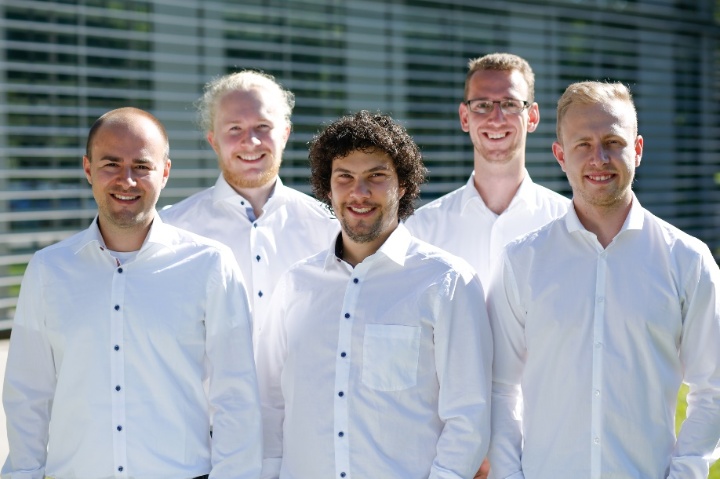The student team from the University of Stuttgart has won this year’s NASA/DLR Design Challenge held at the beginning of August 2019 with their design “HyBird”. The design challenge was organized by the German Aerospace Center (DLR) in cooperation with NASA. The aim of the competition was to develop a passenger airplane for nine people which can be used to supply and connect remote regions from 2025 onwards.
The airplane “HyBird” designed by the five aerospace students has a low fuel consumption and produces less noise pollution than existing aircraft. It was this that won over the jury from the German Aerospace Center. It assessed the design, which was convincingly presented by University of Stuttgart students Jonas Mangold, Michael Lang, Jonathan Stober, Felix Ladwein and Florian Will, as “fulfilling all design criteria”, and “a clever combination of technologies”.
The team was overseen by Prof. Andreas Strohmayer, Ingmar Geiß and Johannes Schneider from the Institute of Aircraft Design (IFB) at the University of Stuttgart. Prof. Strohmayer is pleased for his students winning first place. “They have been very committed and they have successfully put what they have learned into practice. With “HyBird”, they have designed a realistic passenger airplane that performed outstandingly well in the competition.”
In order to reduce noise pollution in the area around the airport, “HyBird” uses large, slowly rotating propellers. The students also made taxiing at the airport quieter and more efficient due to electric motors in the landing gear. Another particular feature is that the propellers are at the ends of the wings, which reduces aerodynamic resistance when in flight. Thanks to a hybrid electric powertrain, which consists of electric motors, a battery and two gas turbines, it is possible to reduce fuel consumption by a total of 30 percent. Another advantage of the airplane is the particularly short takeoff and landing distance it requires, which means it can also fly to small airports. This is made possible thanks to a so-called Coanda system in the wing, which blows air across the upper side of the wing and increases the lift when flying at low speeds.
Winners get the chance to visit NASA research center
As the winners of the competition, the young aircraft designers will have the opportunity to present their design to internationally renowned aerospace researchers at NASA’s Langley Research Center in Hampton, Virginia, USA. The NASA/DLR Design Challenge is aimed at students at technical universities in Germany and the USA. The international competition took place for the third time this year. The University of Stuttgart prevailed over a total of five other German universities.
Expert Contact:
Ingmar Geiß, Group Leader of Research Group for Manned Aircraft Projects, Institute of Aircraft Design (IFB), T 0711 685-60528, e-mail




